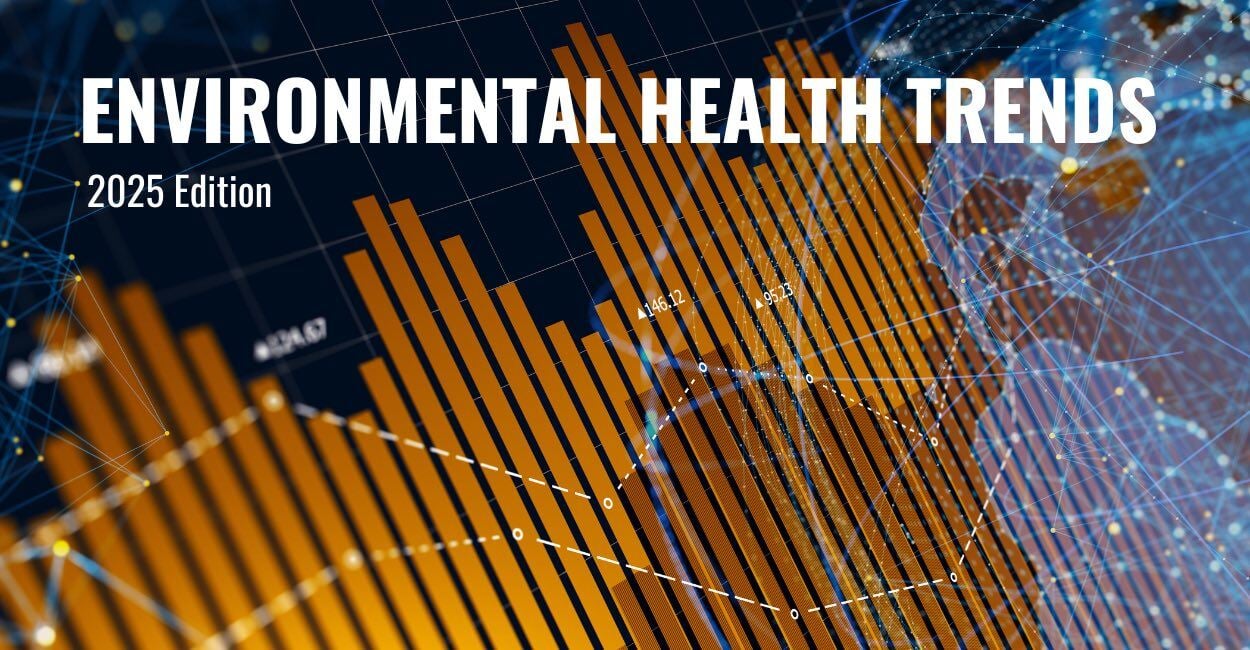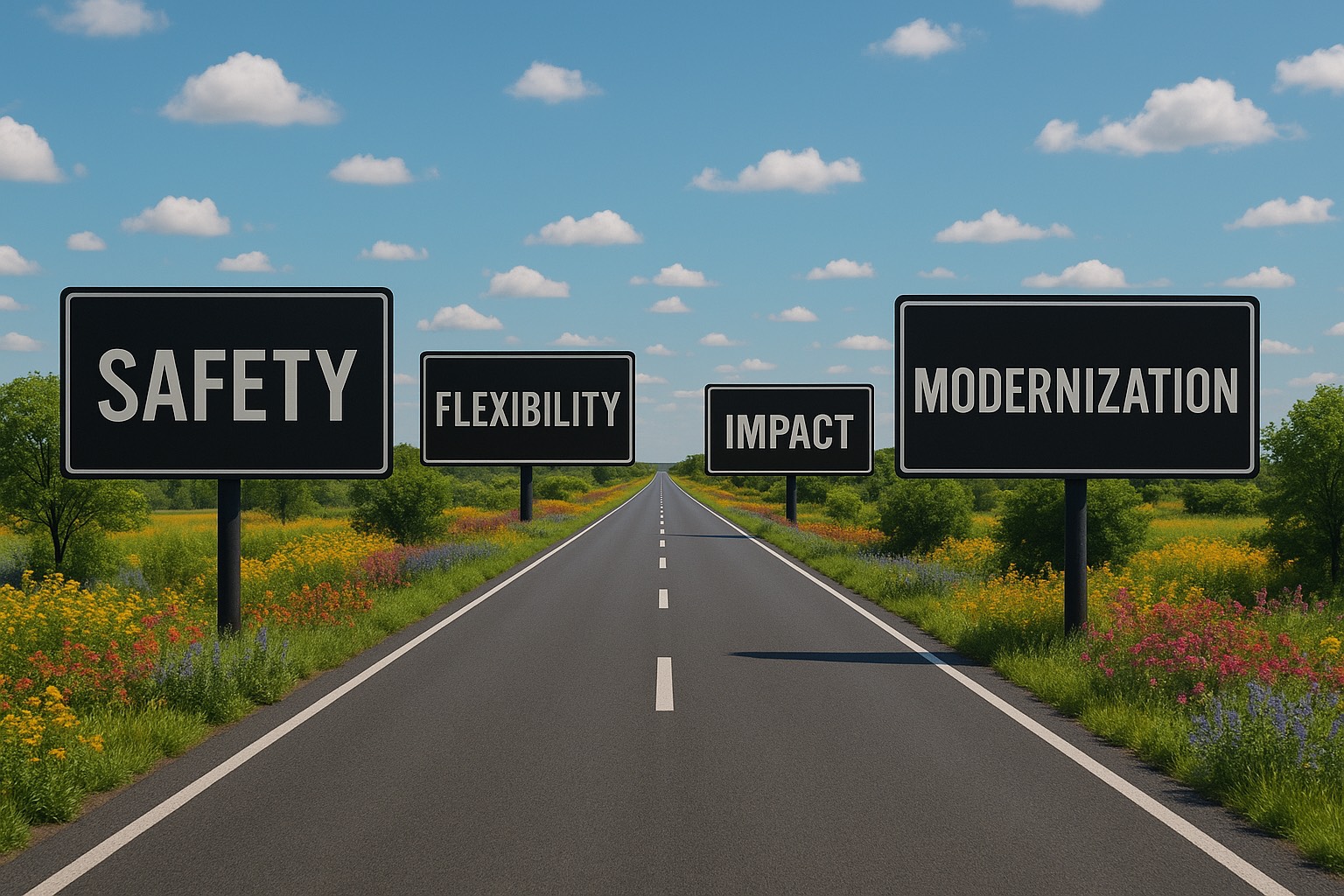That’s a wrap on another insightful environmental health conference season. As we wind down the year, we wanted to share our observations in what has become an annual tradition at Hedgerow Software. We’ve met with environmental health agencies and associations across the US and Canada, in what has been another eventful year in the industry. We’ve noticed four interesting trends that we’d like to share, as we head into 2025.
Trend 1: Future of Environmental Health
We’ve heard many opinions on the future of EH and wrote about what it may look like in 2034. Conference and online debate over the topic has been healthy and productive. By and large, agencies are finally feeling less pressure to hire, hire, hire as many roles have been filled. As such, leaders have been able to shift focus towards ways to empower their teams. We’ve heard directly from agencies across North America that EH technology will be a major driver for improving community engagement.
Many agencies are now data-driven and new tech has become pervasive within our daily lives (i.e. drones, sensors, smart devices, etc.) which continues to fuel data collection and analysis. We also expect new technologies to emerge and expand, much like artificial intelligence (AI) and business intelligence/analytics (BI) have done over the last decade. Agencies will continue to grow more savvy with the latest tech and improve citizen engagement through platforms, portals, email tools, social media, and other mechanisms, to keep our communities safe.
Trend 2: Wave of New Tech on the Horizon
The levee is about to break for agencies that need to replace older technology to keep pace with their communities. Replacing outdated or "sunsetting" technology with modern, resilient systems is essential for empowering government agencies to meet evolving demands from employees, citizens, and business operators. We’ve noticed a few vendors are encouraging agencies to upgrade to new systems, many of which are broader than EH, such as building and planning. We encourage agencies to select technology which is specifically designed for their use cases and they’ll get more value out of the features/capabilities.

Trend 3: Agencies Seek Partners, Not Providers
During Hedgerow’s IT breakout session at CCDEH Monterey, we spoke with agencies about the concept of finding technology partners, not just providers. Our industry requires collaboration across diverse stakeholders to be successful, and finding a company that aligns with your mission and approach is key.
At NEHA's AEC in Pittsburgh, we unveiled our "get to know Hedgerow" video, which provides a brief look into why agencies across North America have partnered with us for 30+ years. We’ve received really positive feedback from viewers and will continue to spread the word about how we collaborate closely with agencies to ensure that they are successful.
Trend 4: Agencies Avoid Nightmare Implementations
This has been one of the most surprising trends this year. We’ve heard from numerous agencies about nightmare technology implementations -- with less than stellar training and support -- after going live. What has changed to drive this trend? Our view is some vendors are simply prioritizing profits over agency success. Outsourcing implementations and training, for example, is a potential red flag for EH tech users. We’ve used 100% in-house implementation and training experts at Hedgerow for over 30 years, which includes EH practitioners with decades of experience at agencies and leading project implementations. This approach translates into happier customers and more successful projects.

To sum up, 2025 will be another eventful year for the environmental health industry. We predict agencies will look for more strategic partners, embrace new tech, and continue to find ways to improve community engagement.
What other major trends will we see in 2025? Please leave a comment or connect with me on LinkedIn to continue the dialogue.





